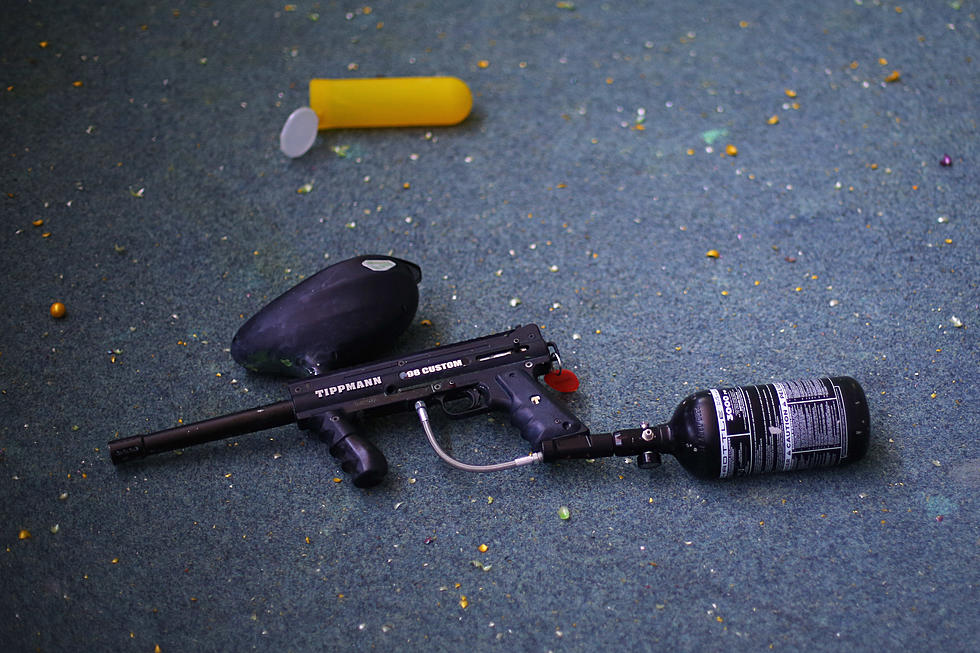
Mastering the Art of Paintball Tank Refilling | Tips, Techniques, and Safety Measures
Paintball is a thrilling sport that demands precision, strategy, and impeccable gear maintenance. Among the essential components of a paintball setup, the paintball tank stands out as a critical element. Regularly refilling your paintball tank ensures you’re always prepared for action on the field. In this guide, we’ll delve into the trending techniques and safety measures for efficiently refilling your paintball tank.
Understanding Your Paintball Tank
Before you embark on the process of refilling paintball tank, it’s crucial to understand its composition. Most paintball tanks are either CO2 or high-pressure air (HPA) tanks.
CO2 Tanks: These tanks use compressed carbon dioxide. They are widely used due to their affordability and availability. However, they are temperature-sensitive, meaning their performance can be affected by cold weather.
HPA Tanks: These tanks are filled with compressed air, offering consistent performance regardless of temperature. They are favored by serious players for their reliability, though they can be pricier.
Equipment You’ll Need
Paintball Tank
Tank Refill Station: Depending on your tank type, this could be a CO2 fill station or an HPA fill station.
Safety Gear: Safety goggles, gloves, and a long-sleeved shirt are essential to protect yourself from any potential leaks or accidents.
Allen Keys or Wrenches: These will be necessary to remove and secure the tank.
Weighing Scale: For accurately measuring the weight of your tank before and after the refill.
Refilling a CO2 Tank
Safety First: Put on your safety gear. Make sure you’re in a well-ventilated area.
Disconnect the Tank: Use an Allen key or wrench to disconnect the CO2 tank from your paintball marker.
Weigh the Tank: Using a weighing scale, record the weight of the CO2 tank.
Attach the Tank to the Fill Station: Securely attach the CO2 tank to the CO2 fill station. Ensure the connection is tight.
Slow and Steady: Begin the refill process slowly. CO2 tanks should be filled slowly to prevent over-pressurization.
Monitor the Weight: Periodically check the weight of the tank. Once it reaches the recommended weight (usually indicated on the tank), stop the filling process.
Disconnect and Re-Weigh: Detach the tank from the fill station and re-weigh it. It should now weigh more than it did initially.
Reattach to Your Marker: Once you’ve confirmed the tank is filled, reattach it to your paintball marker.
Refilling an HPA Tank
Safety First: As with CO2, don your safety gear and work in a well-ventilated area.
Release the Air Pressure: If there’s any residual air pressure in the tank, safely release it using the bleed valve.
Weigh the Tank: Just like with CO2, record the weight of the HPA tank.
Attach the Tank to the Fill Station: Securely attach the HPA tank to the HPA fill station. Ensure the connection is tight.
Slowly Begin Filling: Start filling the tank slowly. HPA tanks can be filled more quickly than CO2 tanks, but still, exercise caution.
Monitor the Pressure Gauge: Keep an eye on the pressure gauge. Once it reaches the recommended level (indicated on the tank), stop the filling process.
Disconnect and Re-Weigh: Detach the tank from the fill station and re-weigh it. It should now weigh more than it did initially.
Reattach to Your Marker: After confirming the tank is filled, reattach it to your paintball marker.
Conclusion
Regularly refilling your paintball pump gun is essential for peak performance on the field. Whether you’re using a CO2 or HPA tank, understanding the process and following safety measures is paramount. By following these trending techniques, you’ll be well-equipped to dominate the paintball arena with confidence and precision. Remember, safety always comes first. Happy paintballing!


